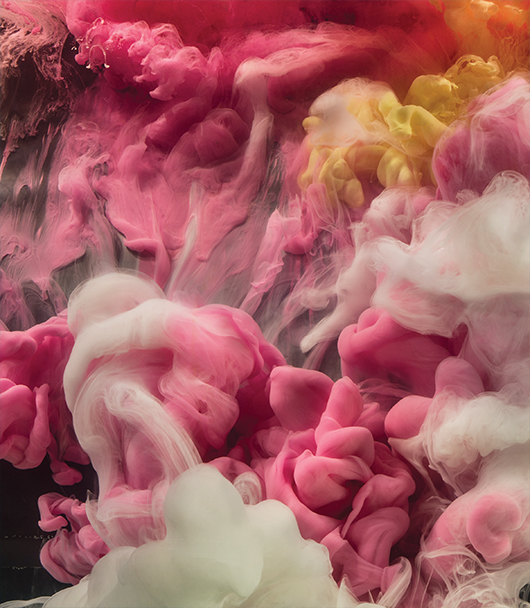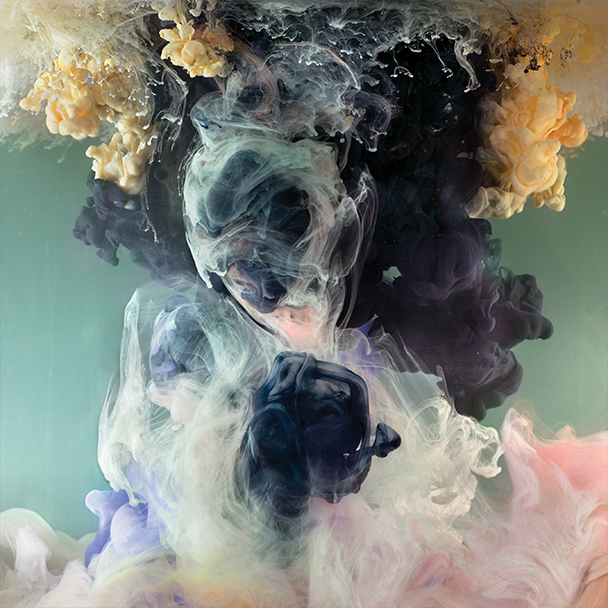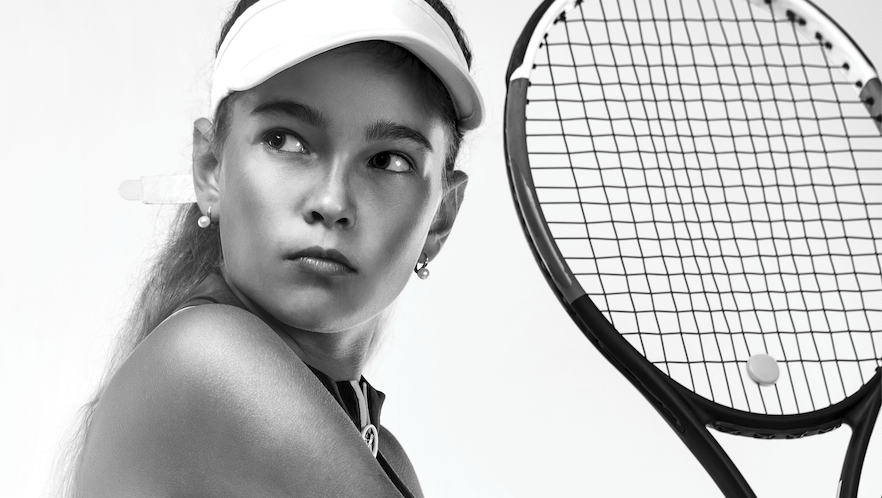Photos by Waterhouse & Dodd Gallery
Kim Keever is not a painter in the traditional sense, considering his canvas of choice is a 200-gallon water-filled tank. The result can be defined as serendipitous swirls of suspended pigments, resembling anything from billows of clouds, vapors of smoke to blots of ink. The NASA engineer-turned-artist applies his studies of physics and fluid dynamics to create his trademark prints, but according to Keever, even rocket science can get a bit boring from time to time.
 “I had made art all my life and I really wanted to be an artist,” Keever explained, recalling his decision to drop out of the Master’s in Engineering program at Old Dominion University. Right before graduation, Keever came to the realization that art, specifically painting, was his true calling. Soon after, he left his home state of Virginia and headed to New York’s East Village—this during the 1970s, a time where the city’s art scene was thriving thanks to the uprising of legends like Andy Warhol and the subway graffiti movement.
“I had made art all my life and I really wanted to be an artist,” Keever explained, recalling his decision to drop out of the Master’s in Engineering program at Old Dominion University. Right before graduation, Keever came to the realization that art, specifically painting, was his true calling. Soon after, he left his home state of Virginia and headed to New York’s East Village—this during the 1970s, a time where the city’s art scene was thriving thanks to the uprising of legends like Andy Warhol and the subway graffiti movement.
With an astute understanding of the level of artistry out there, it didn’t take long for Keever to realize that he would have to develop his own technique if he ever wanted to leave a lasting impression. His transition to aquatic abstract expressionism has brought him the majority of his success, but this is not the style in which Keever started out. He explained, “I reached a point in my painting where I just didn’t feel like I was making a positive contribution. It was then that I started making landscape models and photographing them on a table.”
In the ‘90s, Keever was coincidently gifted a 100-gallon tank from a friend which he began using as a base for his hyper-realistic dioramas—miniature topiaries that he submerged and brought to life by way of light filters and hand-made plaster molds. Keever eventually had the idea to stream droplets of paint into the water, mimicking the type of hazy atmosphere and depth of field he had been searching for. His large-scale, landscape-style of work served as his main focus up until 2013, when Keever decided that it was time to try something new—simplifying the subject of his prints to just water and color.
“I generally take anywhere from 10 to 100 shots,” Keever said, describing his process. While the methodology may seem unorthodox and the end result dreamlike, the technique he implements is relatively simple. Plastic squeeze bottles take the place of paintbrushes and Keever carefully drops beads of paint that float, dive and swim within the water. He then catches them on camera as they unfurl, dispersing and diffusing amongst each other. Keever only has a brief window to shoot before those voluminous whirls turn murky and sink to the bottom.
 Afterwards, Keever can spend anywhere from a couple of weeks to a couple of months editing the final photos. He looks for different angles, patterns and shapes—manipulating them in a way that is hard to replicate more than once. Prints are oftentimes enhanced, made larger or smaller and even inverted to give off a unique effect each and every time. It is then up to Keever to decide which abstraction in the end is most compelling.
Afterwards, Keever can spend anywhere from a couple of weeks to a couple of months editing the final photos. He looks for different angles, patterns and shapes—manipulating them in a way that is hard to replicate more than once. Prints are oftentimes enhanced, made larger or smaller and even inverted to give off a unique effect each and every time. It is then up to Keever to decide which abstraction in the end is most compelling.
It is the tank itself that helps Keever to think rationally and logically when putting his prints together but its transient nature is also the culprit as to why none of his work can be properly preserved. For decades, Keever’s work has been kept alive through a number of different mediums and most recently, a monograph of his artistry is set to be published in early 2018 and will be donated to public high schools around the country.
Today, Keever’s prints are void of all discernible imagery, channeling a more minimal, transcendent quality that has managed to withstand the test of time. The pure randomness of it all, Keever believes, is what has granted him this newfound freedom of exploration—to celebrate the certainty of science and the unknowingness of art.






